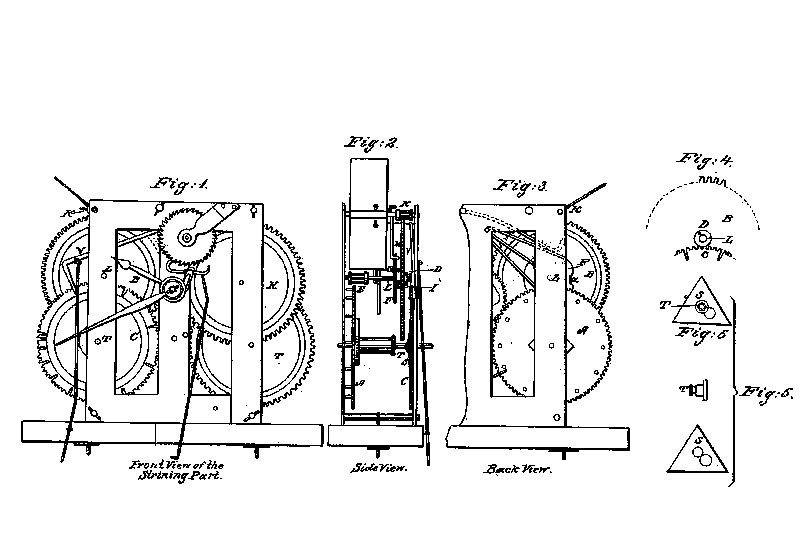Collection: Smithsonian National Museum of American History
Object: Patent Model – Striking part of clocks

Noble Jerome clock patent model, 1839 – National Museum of American History
Maker: Noble Jerome
Place: Bristol, Connecticut
Date Made: 1839
Noble Jerome submitted this clock patent model to the US Patent Office along with his patent application in 1839. Providing a working model to the Patent Office was a common requirement for inventors up until the 1880s. The Office granted Noble a patent for his clockwork innovation, which reduced the number of wheels used in the clock’s movement. Additionally, his design improved the count wheel (the notched wheel that regulates the number of strokes in sounding the hour) by constructing it from a single piece of metal.
The design had been proposed by Noble’s brother, Chauncey Jerome, whose Bristol clock-making business had been adversely affected by the 1837 nationwide depression that had already closed a number of local factories. Chauncey’s idea for a simplified clock with workings made of brass was a drastic change from the wooden clockworks then being produced. The prototype Noble Jerome built demonstrated that the new design would allow this weight-driven, one-day clock to be mass produced more cheaply and in much greater quantities.
The clock came to be known as an “Ogee,” named for the S-shaped moldings used in building the case.









